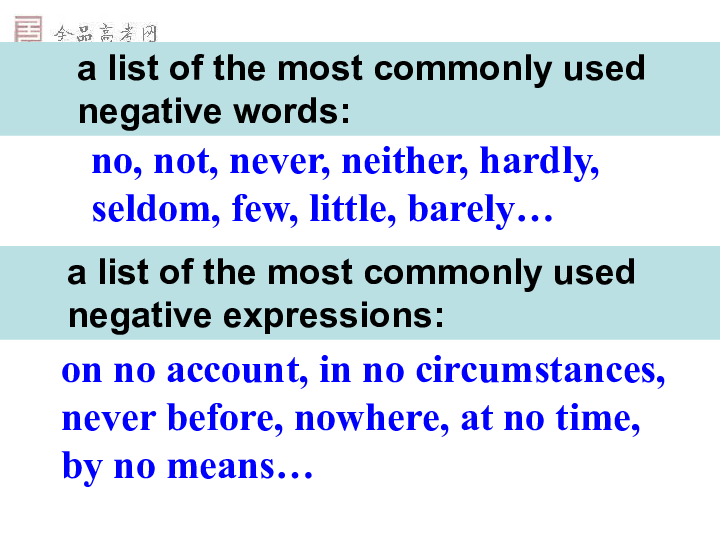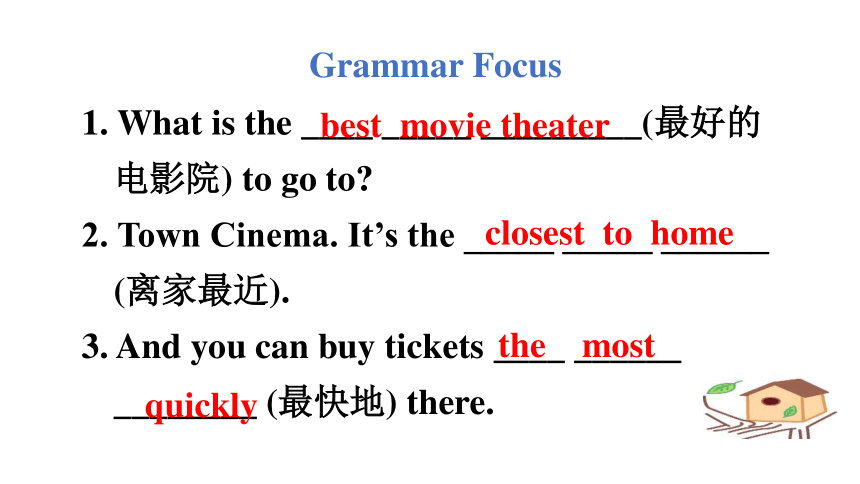# Understanding the Cat Test Grade Equivalent: A Comprehensive Guide
When it comes to evaluating the academic performance of students, standardized testing often plays a crucial role. One such metric that has gained attention……
When it comes to evaluating the academic performance of students, standardized testing often plays a crucial role. One such metric that has gained attention is the Cat Test Grade Equivalent. This term might sound technical and perhaps a bit confusing, but it is essential for educators, parents, and even students to understand its implications. In this comprehensive guide, we will delve into what the Cat Test Grade Equivalent means, how it is calculated, and why it matters.
## What is the Cat Test Grade Equivalent?
The Cat Test Grade Equivalent is a metric used to translate a student's raw score on a standardized test into an equivalent grade level. This helps in understanding how a student's performance compares to the expected performance at a particular grade. For example, if a third-grader receives a grade equivalent score of 5.2, it means that the student's performance is comparable to that of an average fifth-grader in the second month of the school year.
## How is the Cat Test Grade Equivalent Calculated?
Calculating the Cat Test Grade Equivalent involves a series of steps that convert raw scores into a more interpretable format. Here's a simplified overview of the process:
1. **Raw Score**: This is the initial score based on the number of correct answers.
2. **Scaled Score**: The raw score is then converted into a scaled score to account for the difficulty level of the test.
3. **Grade Equivalent**: Finally, the scaled score is translated into a grade equivalent score, which indicates the grade level at which the student's performance is typical.
The specific formulas and conversion tables used can vary depending on the testing organization and the test itself.

## Importance of the Cat Test Grade Equivalent
Understanding the Cat Test Grade Equivalent is crucial for several reasons:
1. **Benchmarking**: It provides a clear benchmark for assessing a student's academic performance relative to their peers.
2. **Identifying Needs**: It helps in identifying students who may need additional support or advanced challenges.
3. **Progress Tracking**: Educators and parents can use it to track a student's progress over time.
4. **Curriculum Adjustments**: Schools can make informed decisions about curriculum adjustments based on the collective performance of students.
## Limitations of the Cat Test Grade Equivalent

While the Cat Test Grade Equivalent is a valuable tool, it is not without its limitations:
1. **Overemphasis on Testing**: Relying too heavily on standardized test scores can overshadow other important aspects of learning, such as creativity and critical thinking.
2. **Variability**: Different tests and testing conditions can lead to variability in scores, making it essential to consider multiple data points.
3. **Misinterpretation**: Without proper understanding, the grade equivalent score can be misinterpreted, leading to misguided decisions.
## Practical Applications of the Cat Test Grade Equivalent
In practical terms, the Cat Test Grade Equivalent can be used in various educational settings:
1. **Parent-Teacher Conferences**: It can serve as a focal point for discussions about a student's academic progress and areas for improvement.

2. **Individualized Education Plans (IEPs)**: For students with special needs, understanding their grade equivalent scores can help in creating effective IEPs.
3. **Gifted Programs**: Identifying students who perform significantly above their grade level can help in placing them in gifted and talented programs.
## Conclusion
The Cat Test Grade Equivalent is a powerful metric that offers valuable insights into a student's academic performance. While it should not be the sole measure of a student's abilities, it provides a useful benchmark for educators and parents alike. By understanding how it is calculated and its practical applications, stakeholders can make more informed decisions to support the academic growth and development of students.